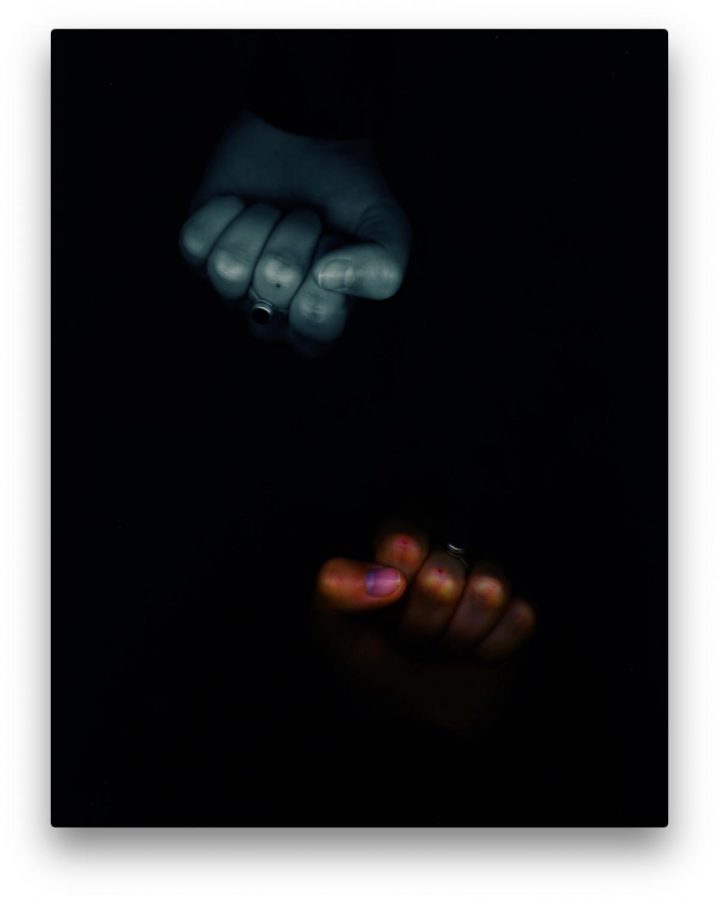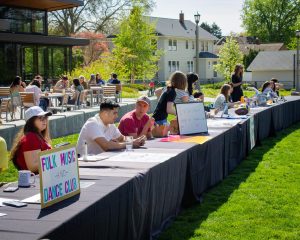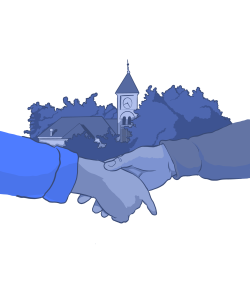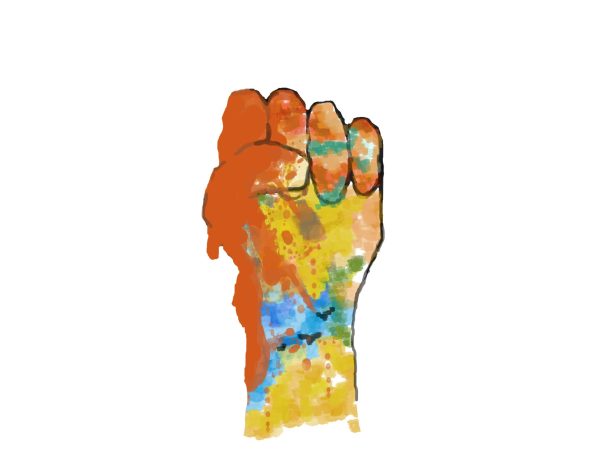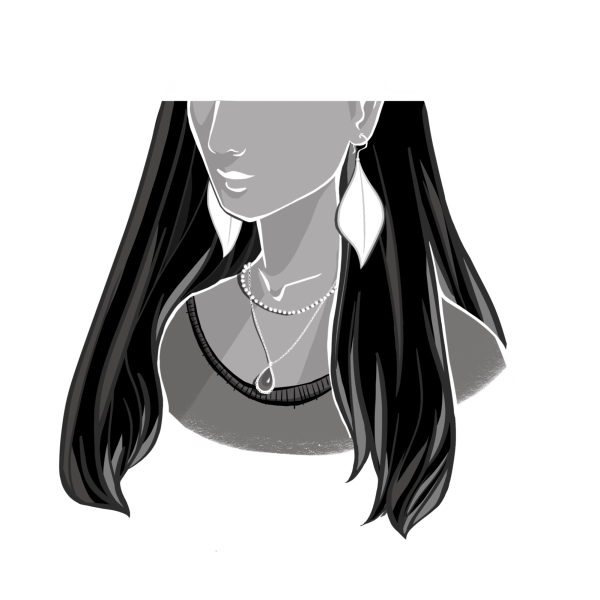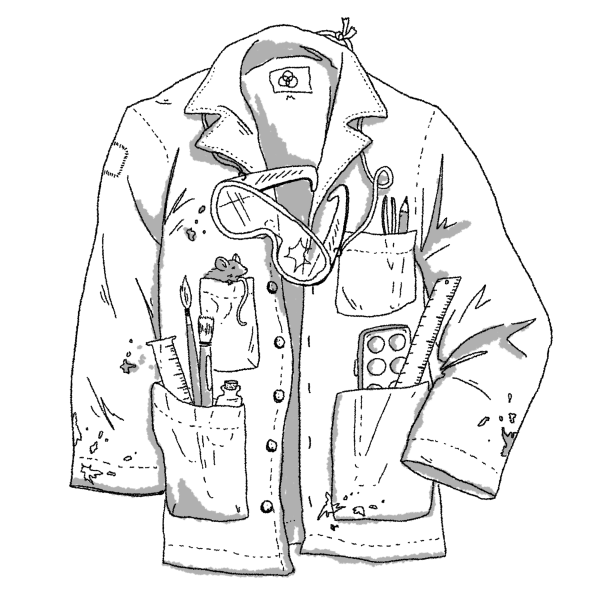Mariam Eqbal Opens New Avenues to Animation
February 8, 2018
Those who attended Mariam Eqbal’s talk on Thursday, Feb. 1 experienced different kind of animation than the traditional, mainstream animation of Pixar or DreamWorks. Eqbal, an experimental animator who also teaches at the University of Richmond, came to Whitman to give a lecture on animation, as well as the approach and philosophy behind her own work.
Eqbal’s work has been shown across the globe. It is far from commercial animation; for example, her animation “Choreography for the Scanner” feature photos of dancers scanned hundreds of times paired with static sounds and record players.
In her talk, Eqbal explained the philosophy behind her work. It is very much rooted in process. She explained that movement, the core of animation, has to do with intervals. There is not a whole in animation; it is rather the process that makes the movement. This means creating the frames that fill the space between two key frames, which create movement in the animation in a process called “inbetween.”
“My work has everything to do with the inbetween,” Eqbal said. “I’m very interested in just process itself.”
Eqbal described a project she did when she rolled around 3,000 beads out of clay. Each time, she used the same process to create them, but each bead turned out slightly differently. She concluded that one cannot quantify process. Much of what she does is qualitative, rather than quantitative.
“It didn’t matter what I did,” Eqbal said. “I would get quality, not quantity. I would get this very organic process.”
This proved true as well for other pieces when Eqbal would use the same process repeatedly, but each product would be different, and when put together would create one of her animations.
Much of Eqbal’s work incorporates the scanner or printer. In one piece, she repeatedly scanned photographs, each time turning out a slightly different piece to make the animation. In another instance, she printed the same image 200 times.
Eqbal also incorporated art history into her talk, introducing the early filmmaker Eadweard Muybridge, who made panoramas. He made a breakthrough when he helped out Stanford founder Leland Stanford, who had made a bet with a friend over whether or not all four legs of a horse would leave the ground at the same time when it was running. Muybridge set up cameras along a track and photographed a horse running at different points. Not only did he prove that all four legs do leave the ground at the same time, but he also realized that showing all of the images in succession would make it seem like the horse was indeed running, movement — creating a sort of animation.
Professor Justin Lincoln, who teaches new genres courses in the studio art department, organized Eqbal’s visit to campus and also commented on how Eqbal’s work is in conversation with early cinema.
“One of the things that’s distinctive is how aware it is of art history,” Lincoln said. “I think that she’s very aware of what has come before, and her work is in conversation with that. It’s in conversation for example with the work of Eadweard Muybridge and early cinema, but I also think it’s very much in conversation with things that are happening both today and where we’re going in the future.”
Lincoln continued, “One of my dreams is that there will be more independent and experimental animation, not just the corporate model of animation, because the corporate model can be outsourced really easily, whereas I’m excited when an individual can seize the means of production and make their own thing. A lot of us at this point can afford a scanner, and what we can do with a scanner and computer right now, by ourselves, is staggering, but we need to know that the possibility is out there.”
Art and anthropology double major Grace Pyles ’18 spoke similarly about the ways experimental animation opens doors.
“I think it should open people up to the possibility that … the means to make really cool art are at our fingertips, and a lot of people I don’t think realize that,” Pyles said. “I think it’s really cool to open yourself up to expressing yourself in new ways.”
Pyles said that the talk inspired her to try out new ways of animation, especially given how accessible Eqbal’s revealed it to be.
“It’s also less scary to think of animation as changing from point to point and not necessarily as, you have to draw all these complicated things,” Pyles said.
Pyles participated in the workshop Eqbal gave on Saturday in which those interested could pursue this new interest in animation.
Overall, experimental animation opens a new way of creating, leading those involved — including Eqbal — to constant exploration. As Eqbal said during her talk, “The hole that I’m in, it’s impossible to get out of it.”



